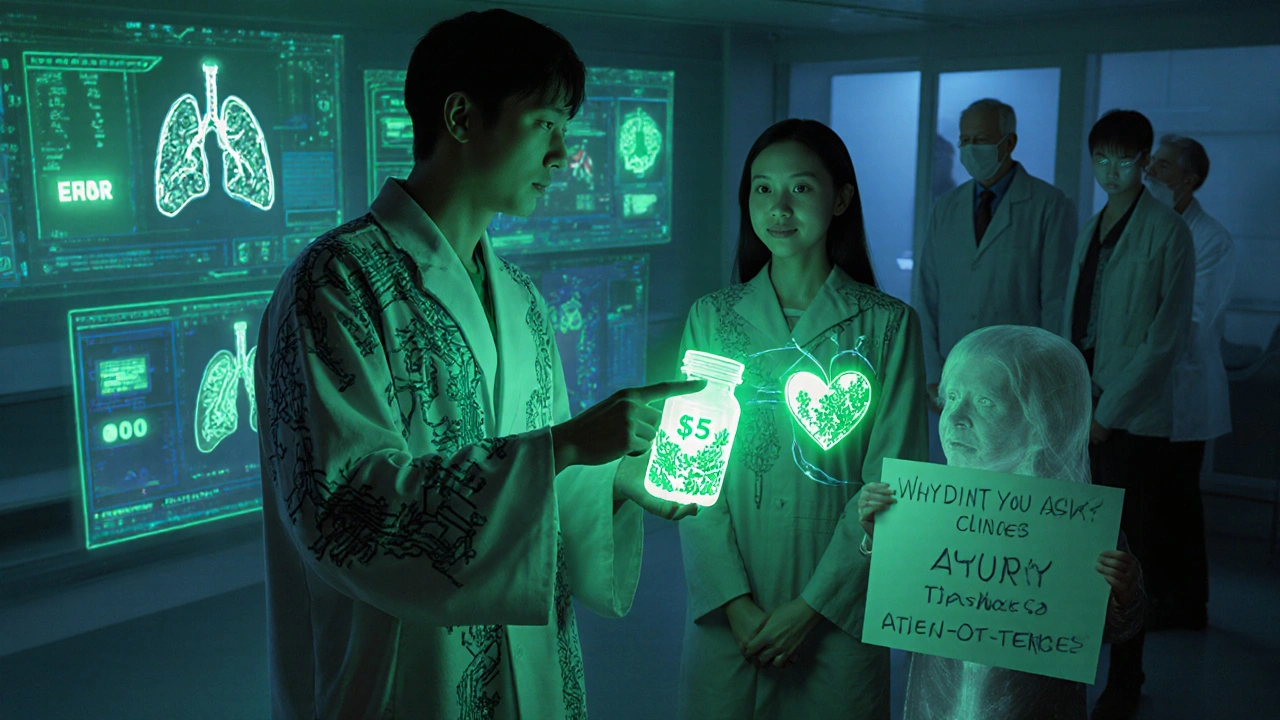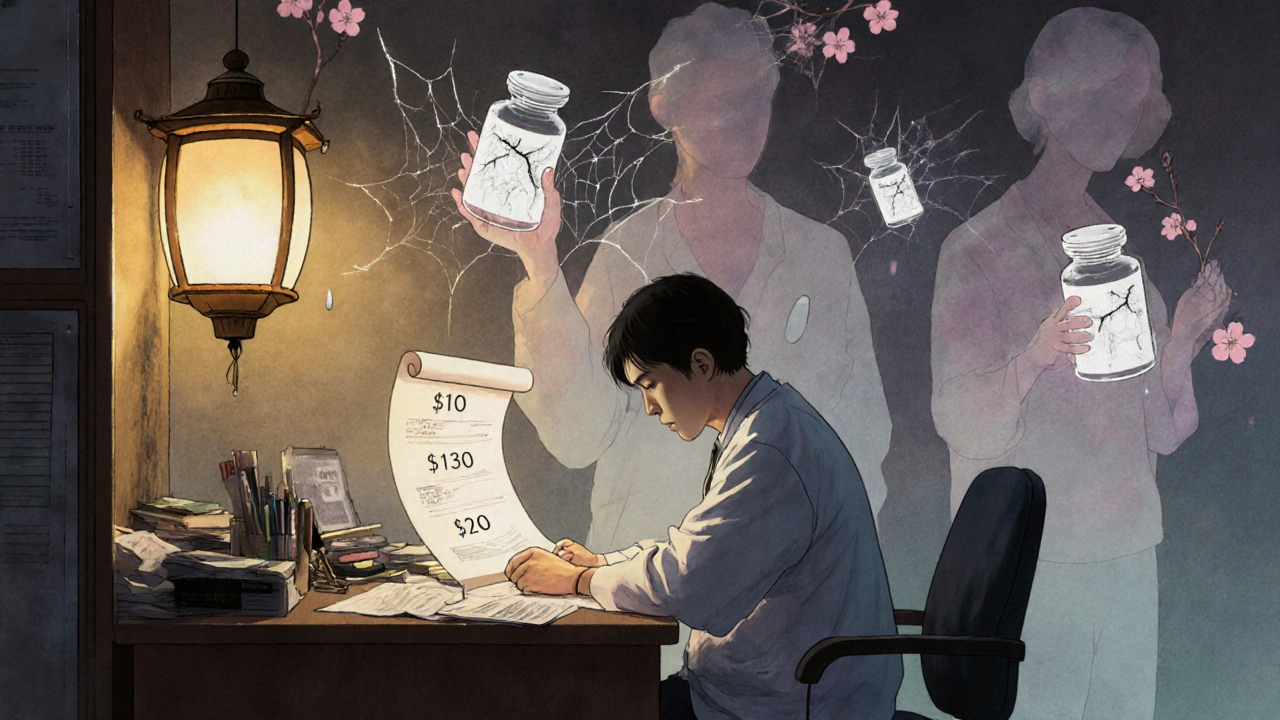Imagine you’re a doctor. Your patient walks in with chest pain. You write a prescription for a statin. You don’t check the price. You assume it’s $10 a month. It’s actually $320. The patient skips doses. Three months later, they’re back in the ER. This isn’t hypothetical. It happens every day.
Doctors are guessing at drug prices - and getting it wrong
A 2007 review of 29 studies found doctors consistently misjudge drug costs. They overestimate cheap drugs by 31%. They underestimate expensive ones by 74%. That’s not a small mistake. It’s a systemic blind spot. When a doctor prescribes a $15 generic, they think it’s $20. When they pick a $500 brand-name drug, they think it’s $130. That’s not just inaccurate - it’s dangerous. The numbers don’t lie. One study of 254 medical students and doctors found only 5.4% of generic drug costs were estimated within 25% of the real price. For brand-name drugs, it was 13.7%. That means over 85% of the time, clinicians were off by more than a quarter of the actual cost. And here’s the kicker: they were more confident in their wrong answers than in the ones they got right.Why does this gap exist?
Medical school doesn’t teach drug pricing. Not really. A 2021 study found 56% of U.S. medical schools have no formal curriculum on how drugs are priced. Students learn about mechanisms of action, side effects, dosing - but not about the $621 billion U.S. prescription market. They graduate thinking a drug’s price reflects R&D costs. It doesn’t. Only 44% of students know that drug prices have almost nothing to do with research spending. Most pricing is set by manufacturers, insurers, and pharmacy benefit managers - none of which are discussed in lecture halls. Clinicians also don’t have access to real-time data. A 2007 survey showed 92% of doctors wanted cost information at the point of care - but couldn’t find it. Today, that’s still true for most. Even when EHRs show a drug’s list price, it doesn’t tell you what the patient will actually pay. A $200 drug might be $5 with insurance. Or $400 if they’re on a high-deductible plan. Or $15 at Walmart. No single source gives you the full picture.The real cost isn’t just money - it’s health
When patients can’t afford their meds, they skip doses. Cut pills in half. Stop taking them altogether. The Kaiser Family Foundation found 28% of U.S. adults have skipped medication due to cost. That’s 1 in 4 people. And it’s not just low-income patients. Even people with insurance are cutting corners. A 2023 KFF report showed 82% of adults think drug prices are unreasonable. The consequences are measurable. Patients who don’t take their statins because of cost have a 30% higher risk of heart attack. Those who skip insulin face diabetic ketoacidosis. Those who stop blood pressure meds risk stroke. These aren’t abstract risks. They’re emergency room visits, hospitalizations, and early deaths - all preventable if the doctor knew the price and chose an affordable alternative.
Technology can help - but it’s not perfect
Some hospitals are trying to fix this. UCHealth, Harvard, and others have built real-time benefit tools (RTBTs) that pop up in EHRs when a doctor writes a prescription. These tools show the patient’s out-of-pocket cost based on their insurance. In one study, one in eight doctors changed their prescription after seeing the alert. When potential savings were over $20, that number jumped to one in six. But here’s the problem: these tools are inaccurate. A resident on Reddit wrote: “Our Epic system shows insurer pricing but doesn’t account for my patient’s specific copay. Half the time, it’s wrong.” That’s because drug pricing is a maze. The same drug can cost $15 at one pharmacy, $320 at another. Insurers negotiate different rates. Pharmacy networks change. Prior authorizations vary. No system can keep up perfectly. And adoption is low. Only 37% of U.S. health systems have RTBTs installed as of late 2024. Many hospitals say it’s too expensive - UCHealth spent $2.3 million and 18 months building theirs. Others say clinicians don’t use them. But data shows the opposite: doctors under 40 adopt these tools at a 78% rate. Those over 55? Only 52%. The gap isn’t resistance - it’s access.What’s changing - and what’s not
The Inflation Reduction Act of 2022 gave Medicare the power to negotiate drug prices. That’s a big deal. It’s the first time the government has directly intervened to cap prices. And it’s popular. 83% of Democrats and 76% of Republicans support it. That’s rare bipartisan agreement. Meanwhile, drug manufacturers keep raising prices without clinical justification. In 2023, five major drugs - including Humira - got price hikes of 4.7% or more, even though no new benefits were added. The Institute for Clinical and Economic Review called it “medically unnecessary.” But without price transparency, doctors can’t push back. The American Medical Association and American College of Physicians have both declared cost-conscious prescribing a professional priority since 2015. Yet most doctors still don’t know how to do it. They’re not lazy. They’re not uncaring. They’re just not trained.


